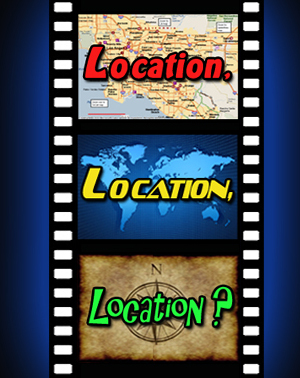The difference between a subtle comment and a boorish remark is what separates a gentleman from a jerk, a leader from a tyrant, and an effective promotional message from shameless commercialism. This fact was never plainer to me than after reviewing the 2012 Brandcameo award winners, an annual review of how well Hollywood mixes its mercenary impulses with its devotion to effective story-selling. Click ahead to read about the clever and sometimes blatant use of companies product placement in some of Hollywood’s most unforgettable films.
The Best
Apple won the award for overall product placement, and deservedly so. Two factors help it in this regard: the ubiquitous presence of technology in todays world and the universal recognition of the Apple company logo. These allow for seamless blending of promo spots with a film’s flow, as in “The Girl with the Dragon Tattoo,” where Rooney Mara is seen using a sleek unibody MacBook with OS X 10.4 installed. That’s a problem, since the Mac laptop shown never had that particular operating system. Nonetheless, Apple deserved kudos for making its products look cool in so many different ways.
Crisco took home a well-deserved award for its placement inside the Oscar-nominated film “The Help,” in which an African-American housekeeper played by Octavia Spencer praises the brands many uses, like de-squeaking doors and softening scaly feet. Oh yeah she also mentions its good for cooking purposes. The dialogue was lifted directly from the novel the movie was based on, which helps to deflect criticisms about its direct mention of the iconic vegetable shortening. Also, since Minnie is the family’s cook, it only makes sense that she would be familiar with products used in preparing southern cuisine. Overall, the scene accomplished its promotional ends while blending effortlessly into the film a splendid accomplishment for any product placement spot.
The lifetime achievement award went to USA Today for its 30 years of finding its way onto the big screen, beginning with “The Men who Loved Women” in 1983. Like Apple, it has benefited from the ever-present role its product type (in its case, the daily newspaper) has played in daily life since heaven-knows-when. But, with print fading from the onslaught of digital media, USA Today’s acting stint may soon be over.
The Worst
As mentioned earlier, the difference between effective product placement and crass commercialism hinges on subtlety. There was nothing subtle at all about the winner of the award for worst product placement. That went Hot Wheels, for the over-the-top scene in “Green Lantern” where the superhero saves the day by magically conjuring up a green-tinted car and racetrack that were near-exact copies of the toy maker’s products. What made the plug so awful was its complete lack of necessity to the plot. The producers might as well have included an interlude that said “Green Lantern will be right back after these commercial messages.”
Butt of Jokes?
Toyota couldn’t care less that its Prius is often the butt of mainstream media jokes. The car has made three appearances in the animated adult comedy series South Park. In one notable episode, the Prius label was changed to Pious. Do you think dealerships in Surprise, Ariz. or Toledo, Ohio care if Hollywood makes fun of the car? Edmunds.com reports that the vehicle captures more than 50 percent of the hybrid market, making it the best selling hybrid by a huge margin.
As long as we live in a capitalist society, product placements will continue to be part of the movie-going experience. How easily they fit into that experience, however, will depend on whether or not they play an actual role in the story being told on-screen. When the promos are used as extraneous add-ons, they fail in their commercial objectives and detract from the films merits. And that’s not good business for anyone.
BTM Guest Editor: Ronald Weiner / Ron has been covering the automotive industry since 1999.

 June 24th, 2013
June 24th, 2013  Beyond the Marquee
Beyond the Marquee 
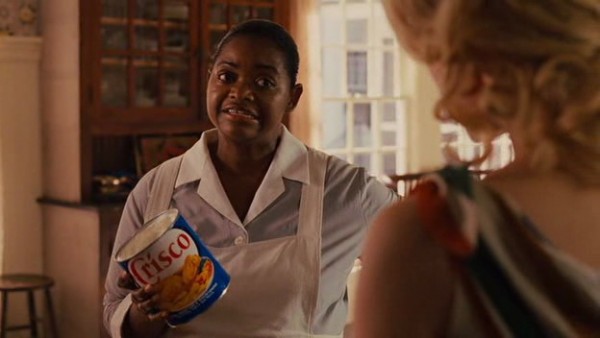
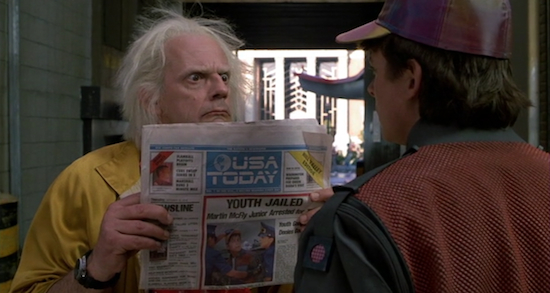
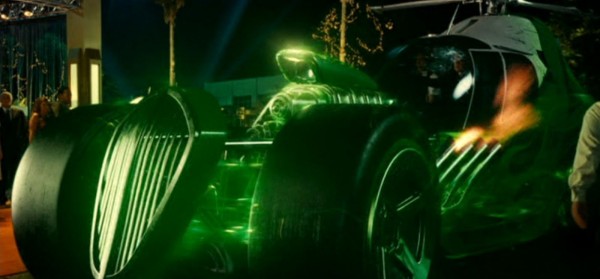
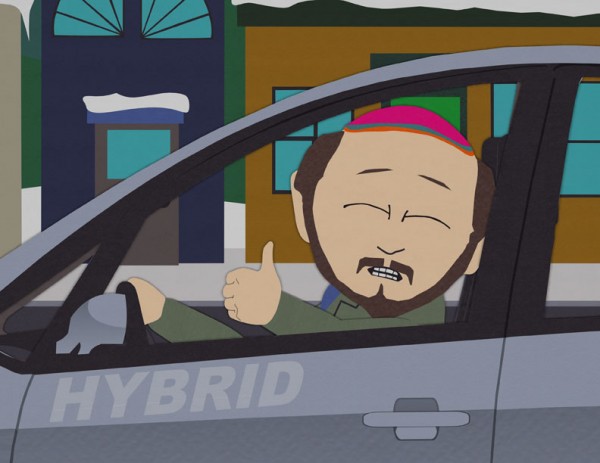
 Posted in
Posted in 



